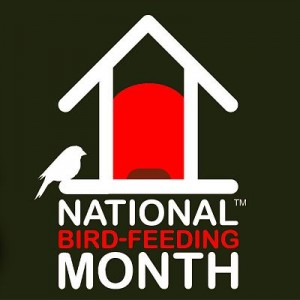 As we reduce birds’ natural sources of food, they come to rely on our bird feeders, especially during the winter months.
As we reduce birds’ natural sources of food, they come to rely on our bird feeders, especially during the winter months.
Like many children, my daughter is fascinated by birds–their spectrum of colors, array of tuneful songs, and familiar yet wild presence in our yard.
We’ve read her books on birds, taken her to the bird rescue at the nature center, and fed our local feathered friends.
In honor of National Bird Feeding Month, we went to a bird feeder craft playdate. We made birdfeeders from pinecones, peanut butter, raisins, birdseed, and sunflower seeds.
I must confess, however, that we ended up feeding several fat squirrels. Next time, I think we’ll try some squirrel-discouraging measures.
- Here’s a thorough round-up of some DIY birdfeeders.
- Check out the Best Backyard Bird Feeding Practices.
- PetCo’s blog has some important Winter Bird Feeding Tips, including nutritional needs.
- Check out some of the fun bird crafts at No Time for Flash Cards.
- If you are ready to invest in some bird feeding equipment, check out Audobon’s Bird Feeding Basics.
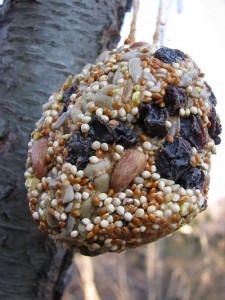 Educational Experience:
Educational Experience:
- Science: Find out the different names of the birds in your backyard. What other birds are common in your region? How do naturalists classify birds (raptors, song birds, waterbirds, jays, swallows, etc.)? What do different types of birds eat? (Check out some great activities for middle school students from the National Bird Feeding Society)
- Ecology: Consider how human actions affect birds. When we remove native plants or plant invasive exotics, we sometimes destroy habitats or a food source directly, or indirectly by discouraging certain insects. Insecticides can cripple birds when they eat the contaminated bugs.
- Mathematics: Participate in the Great Backyard Bird Count.
- Arts: Identify the various hues of birds found in your backyard. Enjoy some of Audubon’s paintings of birds and discuss how the descriptive drawings of the naturalist are considered art.
- Language Arts: Write a story or poem about the birds you observe in your backyard. Describe the colors and movements of the birds. Imagine the relationships between between the birds you see.
- History and Government: Find out the state bird and why it was chosen.
Extensions:
- Field Trip: Find your local aviary or avian rescue center.
- Agriculture: Research how to landscape to attract birds and plant some bird-friendly trees and shrubs.
- Language Arts: Birds have inspired many famous songs, tales and poems, from the upbeat rhythms of “Rockin’ Robin” to Poe’s haunting “The Raven”. Read an age appropriate story about a bird. Have your children use adjectives to describe birds. Discuss why some birds have been seen in some cultures as powerful, frightening, mischievous, orcheerful.
Some of our favorite bird books for children:
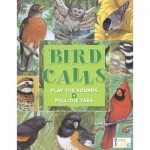 |
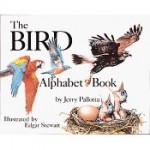 |
| Bird Calls (Hear and There Books) | The Bird Alphabet Book (Jerry Pallotta’s Alphabet Books) |
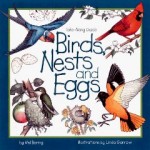 |
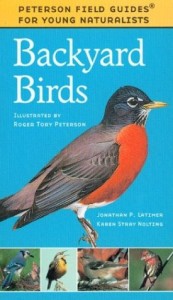 |
| Birds, Nests & Eggs (Take-Along Guides) | Backyard Birds (Peterson Field Guides® for Young Naturalists) |
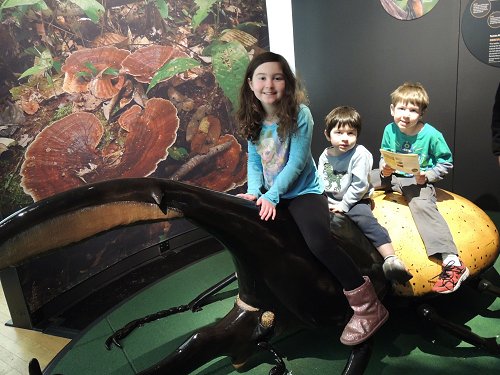
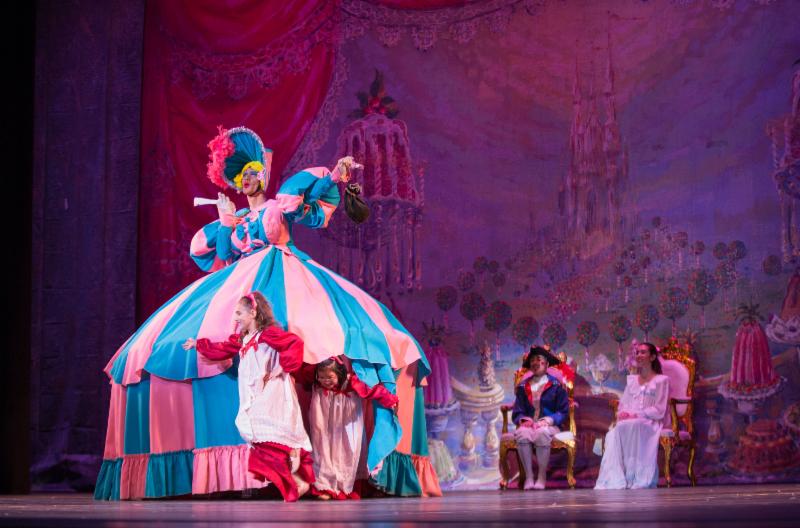
What a wonderful round-up! I’m extra glad that we’ve been keeping our bird feeder full this winter — nothing prettier than the Cardinals and Woodpeckers we’ve been spying from our official bird-watching station in the kitchen.
This type of post sills me with joy. It is great to hear from people who take the time to understand and love the gift we have been given of wild life. I have around 10 bird feeders myself and we have had deep snow in Ireland for the last 3 weeks, so they have all been well filled and well used. I am thrilled that you have got your kids interested at an early stage in their life and I hope they go on to hold and maninatin their interest for a long time to come.
You have a way with words. I am adding this page as a bookmark on Digg.com as – ” http://www.naturallyeducational.com/2010/02/national-bird-feeding-month/ ” so all my friends can see it. I think they will like it as much as I did. If they do, then I will add a link to one of my Hubpages with the anchor text – ” National Bird Feeding Month | Naturally Educational ” or something very similar. All the best with future posts, good work.